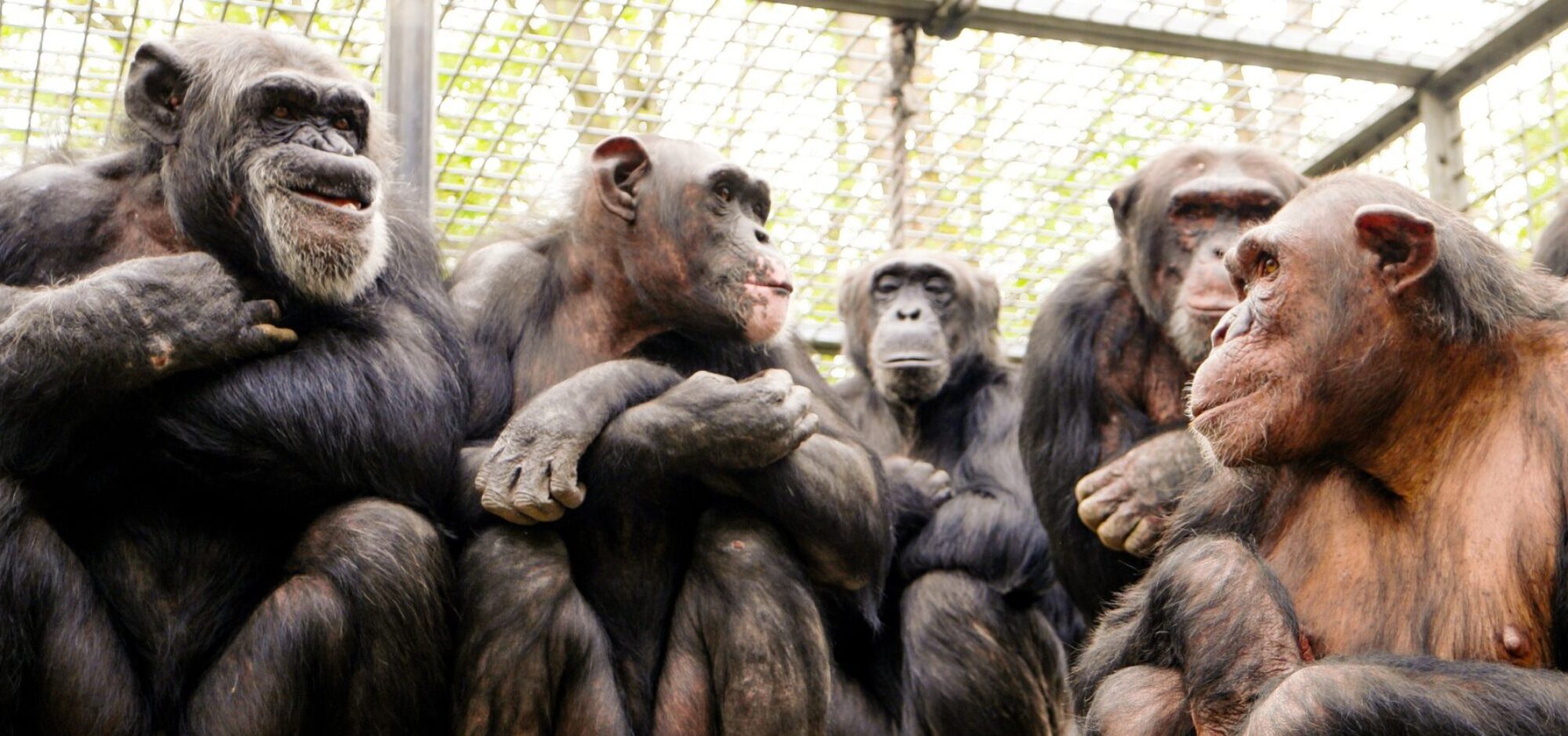“What Makes Injections Hard to Swallow?
An anthropological assessment of the differences between pills and injections may shed some light on vaccine hesitancy.
By Monica L. Smith
is a professor of archaeology at the University of California, Los Angeles.
https://www.sapiens.org/archaeology/history-injections
My work has led me to think about the human relationship with different mechanisms of medical delivery, particularly the pill and the injection. They differ in so many important ways: our level of independence in taking them, our level of comfort, and, importantly, the intended purpose of the drug for healing in the pressing present or protecting against a faraway future.
The human eagerness to take pills but a reluctance by some to be vaccinated surely has a lot to do with modern politics and social factors. But it also has roots deep in our ancestral past.
(…)
While the practice of eating medicinal substances has likely been around for millions of years (even nonhuman primates self-medicate), injections are comparatively new. Projectiles such as spears and bullets have a long history of piercing the skin—but for purposes of harm.
Even after people developed invasive techniques to help rather than hurt, including acupuncture, amputation, and trepanation, there was still little experience of using violence to insert a compound into a person’s body with the counterintuitive goal of improving their health. Tattooing is one example: There is some evidence that millennia-old Indigenous tattoo practices were done in part to introduce therapeutic compounds. The idea of inoculating someone with traces of a disease to protect them seems to go back to before the 1500s in the Ottoman Empire. In Europe, the first vaccine was developed against smallpox in 1796. The first hypodermic syringe only dates to the 1850s.
Fear of needles may be as old as needles themselves and remains a problem even for those who require regular self-administered injections for their health, as with people who have diabetes.
(…)
A vaccine, counterintuitively, is taken when you’re well. You accept a physical pain (a pinch in the arm followed by side effects that can range from mild to severe) against an unknown future gain (a large statistical likelihood of protection against a deadly disease). This tradeoff means that vaccines join other things that are good for us that we don’t enjoy and often don’t do, like flossing or saving for retirement.
Indeed, the challenges of imagining future benefits may be a critical part of the human story. Human cognitive misgivings surrounding pay-now/play-later activities are at the heart of many of our contemporary conundrums about health, economics, education, and climate change.
A final important distinction among medical applications is the notion of autonomy. Whether it’s swallowing a tablet, drinking a potion, or slapping a patch on your arm, the do-it-yourself approach seems to be popular: Hospital studies show that patients prefer to be in charge of their own medication.
By contrast, injections usually are given to you by a professional “other” who has special equipment and training; they are invasive procedures, done in commercial or institutional settings that may feel clinical and cold rather than comforting. It’s notable that when it comes to female hormonal birth control, pills are more popular than injections, even though the latter last longer and could enable people to avoid having to remember a daily pill.
(…)
Taste, visuals, and reformulated delivery mechanisms might be key elements to explore to make medicinal treatment more acceptable to deep-rooted human psychology. Small things can make a difference. The visual encouragement of vaccines, for example, is subtly encoded into Apple’s recently announced redesign of the syringe emoji to remove the potentially intimidating drops of blood that were part of the image.
(…)
No doubt future medical treatments will continue to address our desire for autonomy in preventative and curative medicine, just as we cherish self-determination in other physical activities such as exercise, nutrition, and sex. With a little extra anthropological thought, we may well see a time when injections are part of the archaeology of medicine, with needles consigned to the dustbin of history.”
